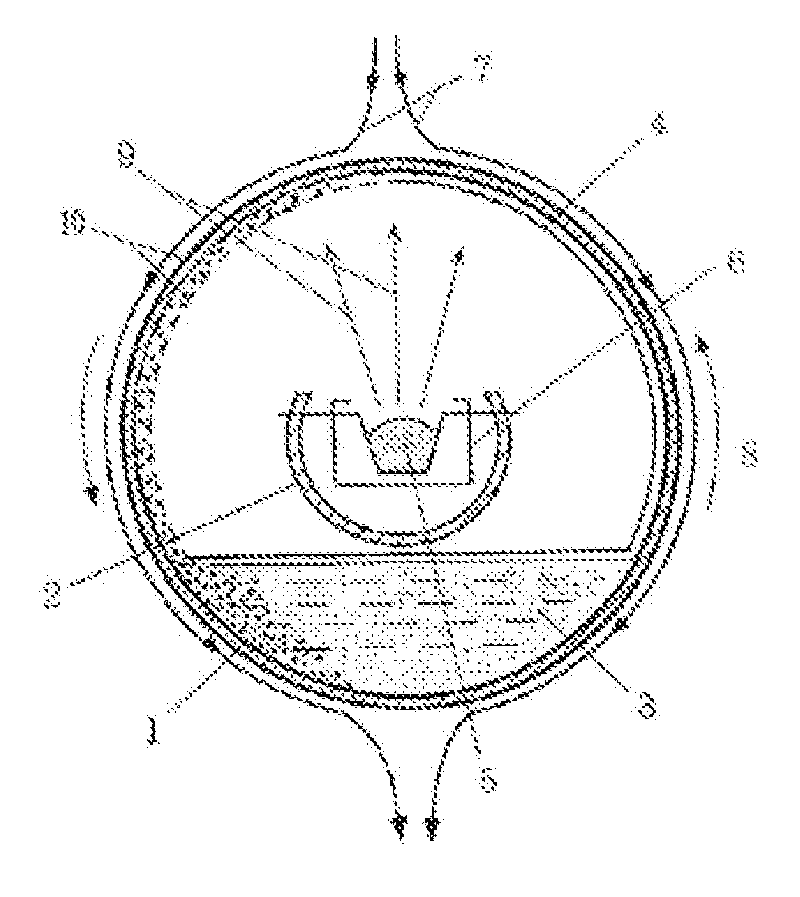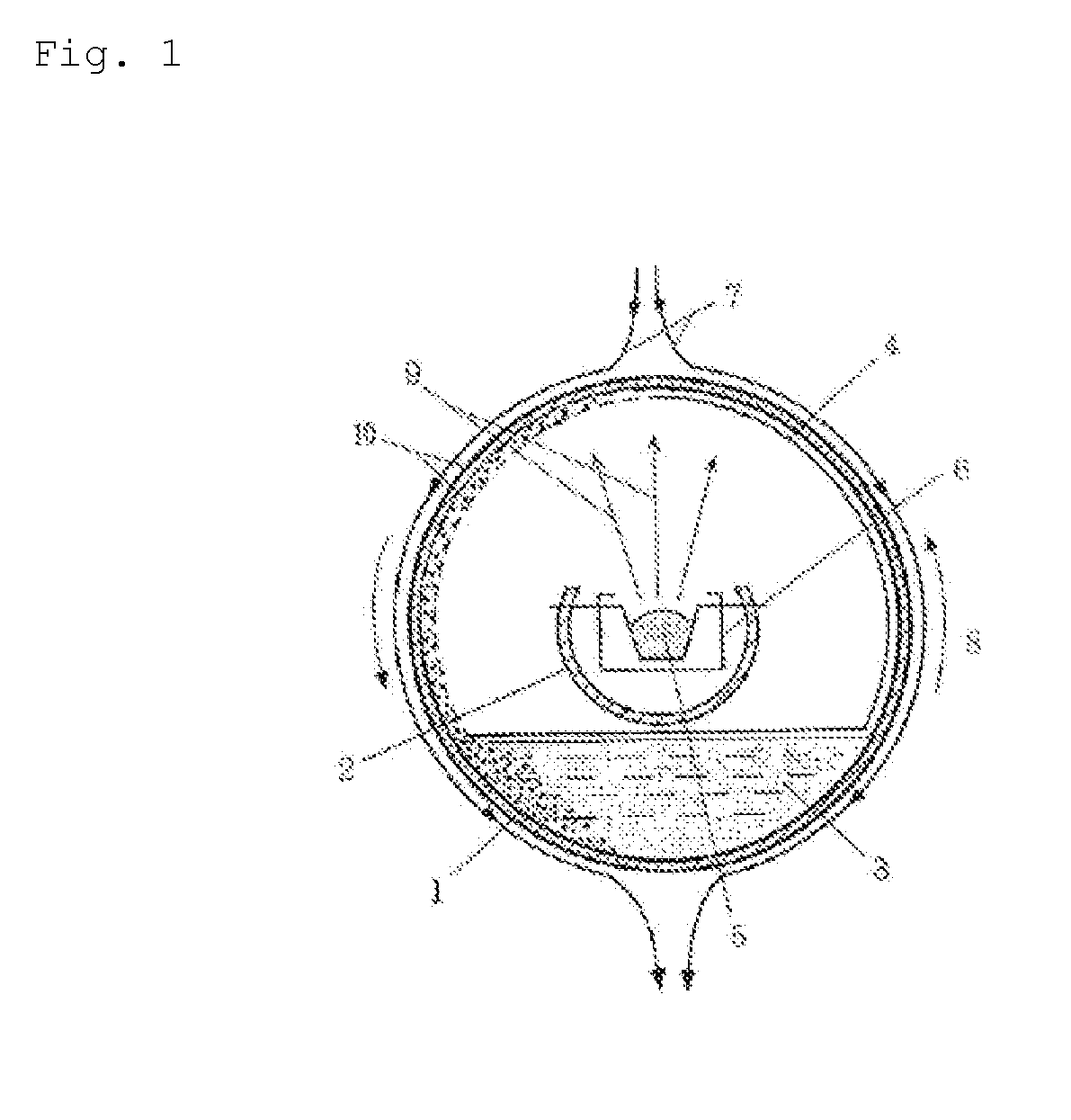Metal microparticle dispersion, process for production of electrically conductive substrate, and electrically conductive substrate
a technology of metal microparticles and substrates, which is applied in the direction of non-conductive materials with dispersed conductive materials, resistive material coatings, plasma techniques, etc., can solve the problems of large number of steps, high cost, and high cost, and achieves high dispersion, easy removal, and stable maintenance
- Summary
- Abstract
- Description
- Claims
- Application Information
AI Technical Summary
Benefits of technology
Problems solved by technology
Method used
Image
Examples
production example 1a
Metal Microparticle Dispersion
[0146]A Lion diffusion pump oil A (manufactured by Lion Corporation) 360 g which was a low vapor pressure liquid was used as a dispersant, and Solsperse 39000 (principal chain: polyethyleneimine skeleton, side chain: having 6 valerolactone units on an average and 6 caprolactone units on an average in three side chains, manufactured by Lubrizol Corporation) 40 g which was a polymeric dispersant was added thereto and stirred to obtain a polymeric dispersant-containing dispersion medium.
[0147]Metal copper was used to produce a metal microparticle dispersion by means of an equipment shown in FIG. 1. That is, 5 g of a granulated copper lump (manufactured by Fruuchi Chemical Corporation) was put in a vessel 6, and the dispersion medium described above was put in a rotary drum type chamber 1. A pressure in an inside of the chamber was reduced to 10−3 Pa by vacuuming by means of a vacuum pump. Then, the chamber was rotated while cooling by flowing water, and an...
production example 2a
Metal Microparticle Dispersion
[0151]A silver microparticle dispersion was prepared in the same manner as in Production Example 1A, except that 5 g of silver (manufactured by Ishifuku Metal Industry Co., Ltd.) was used in place of copper used in Production Example 1A. The above dispersion was filtrated through a filter of 0.2 μm and observed by means of STEM in the same manner as in Production Example 1A, and as a result thereof, silver microparticles having an average primary particle diameter of 10 nm could be confirmed.
production example 3a
Metal Microparticle Dispersion
[0152]A copper microparticle dispersion was prepared in the same manner as in Production Example 1A, except that in Production Example 1A, Solsperse 71000 (principal chain: polyethyleneimine skeleton, side chain: having 15 polypropylene glycol units on an average and 2 ethylene glycol units on an average in four side chains, manufactured by Lubrizol Corporation) was used as the polymeric dispersant in place of Solsperse 39000. The above dispersion was filtrated through a filter of 0.2 μm and observed by means of STEM in the same manner as in Production Example 1A, and as a result thereof, copper microparticles having an average primary particle diameter of 8 nm could be confirmed.
PUM
| Property | Measurement | Unit |
|---|---|---|
| average primary particle diameter | aaaaa | aaaaa |
| particle diameter | aaaaa | aaaaa |
| temperature | aaaaa | aaaaa |
Abstract
Description
Claims
Application Information
 Login to View More
Login to View More - R&D
- Intellectual Property
- Life Sciences
- Materials
- Tech Scout
- Unparalleled Data Quality
- Higher Quality Content
- 60% Fewer Hallucinations
Browse by: Latest US Patents, China's latest patents, Technical Efficacy Thesaurus, Application Domain, Technology Topic, Popular Technical Reports.
© 2025 PatSnap. All rights reserved.Legal|Privacy policy|Modern Slavery Act Transparency Statement|Sitemap|About US| Contact US: help@patsnap.com



